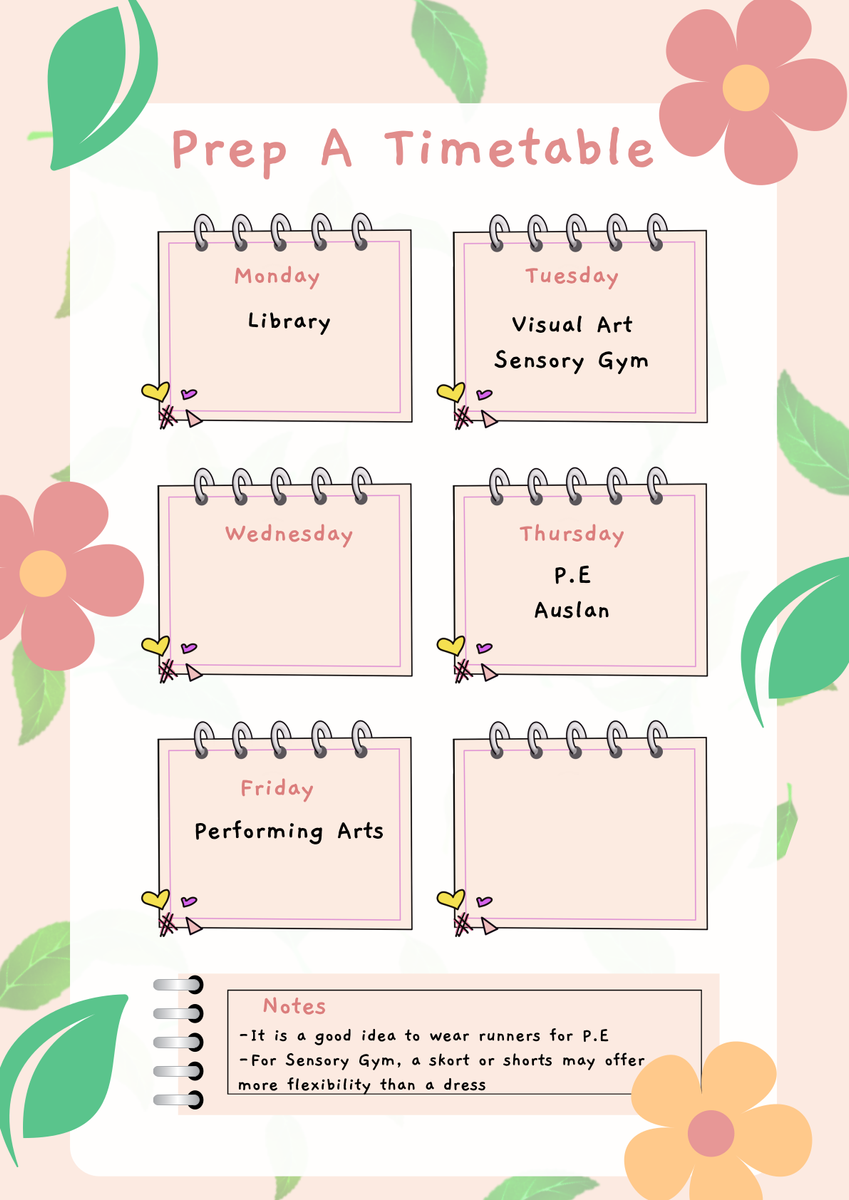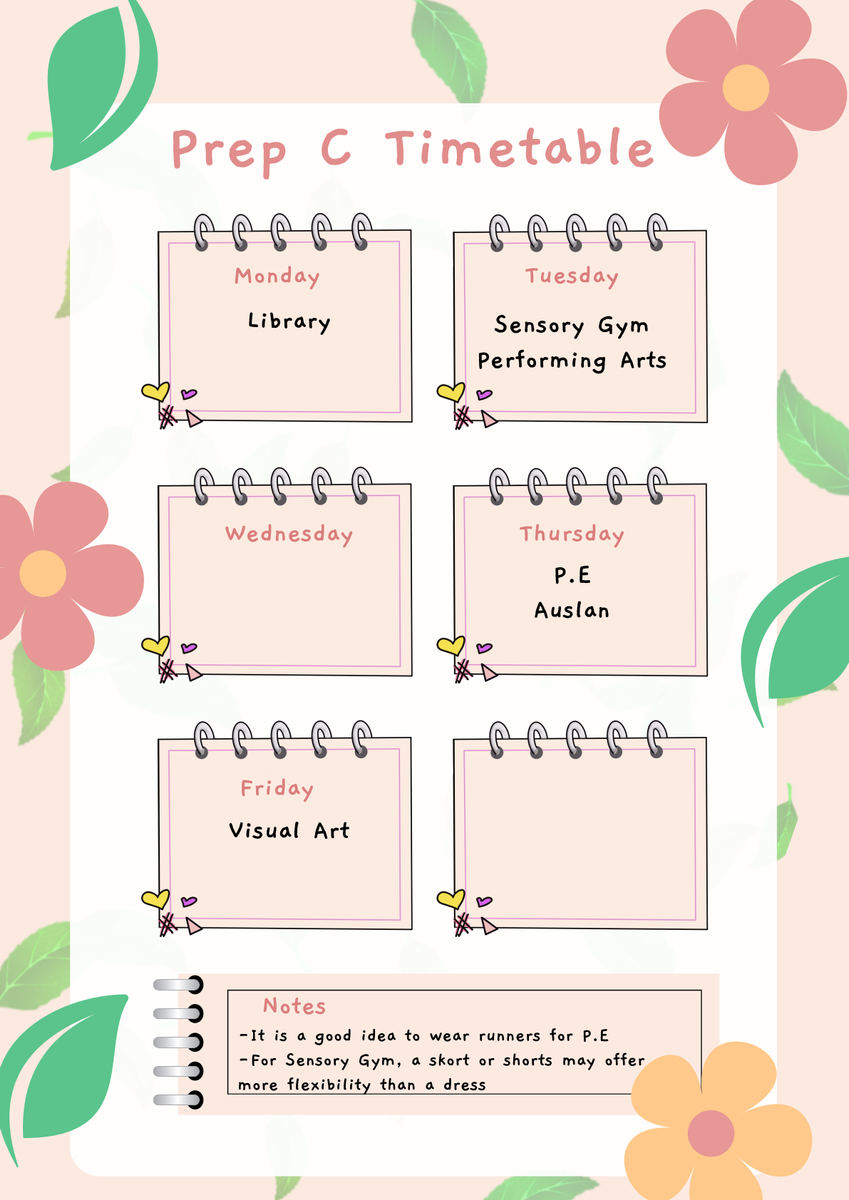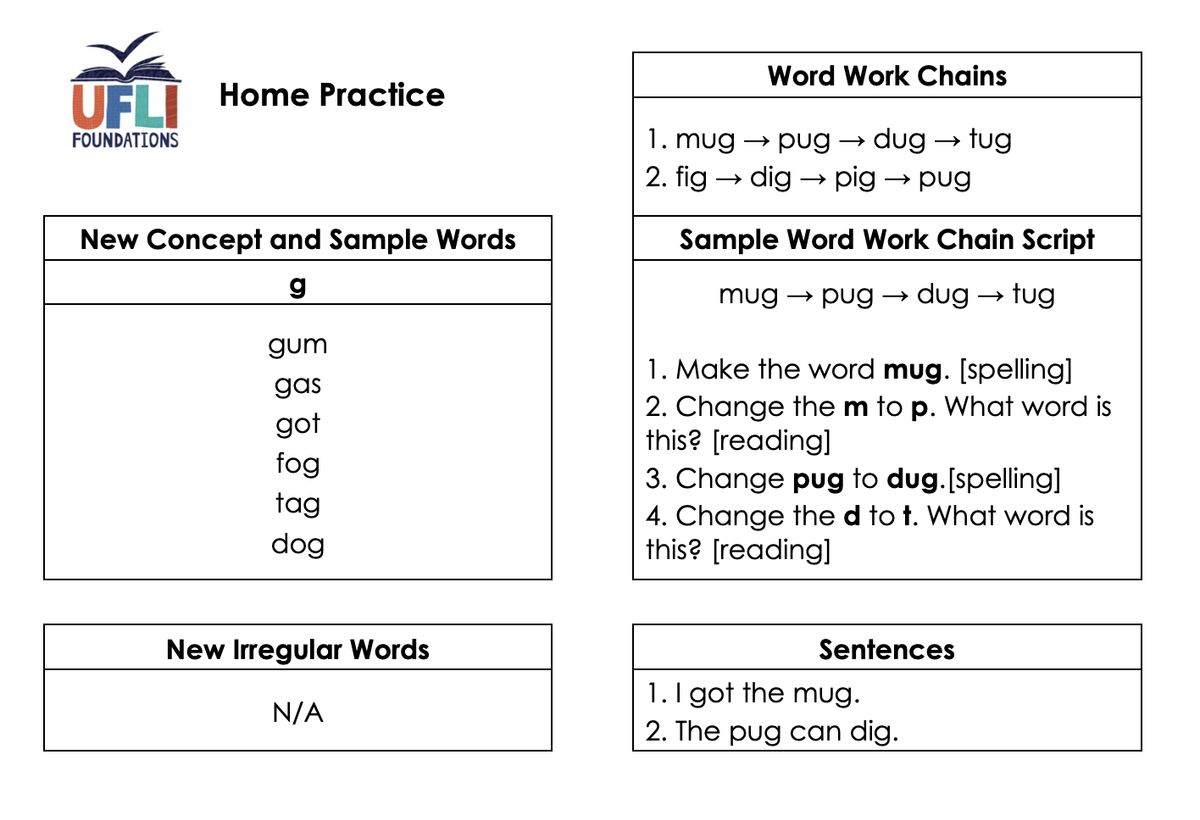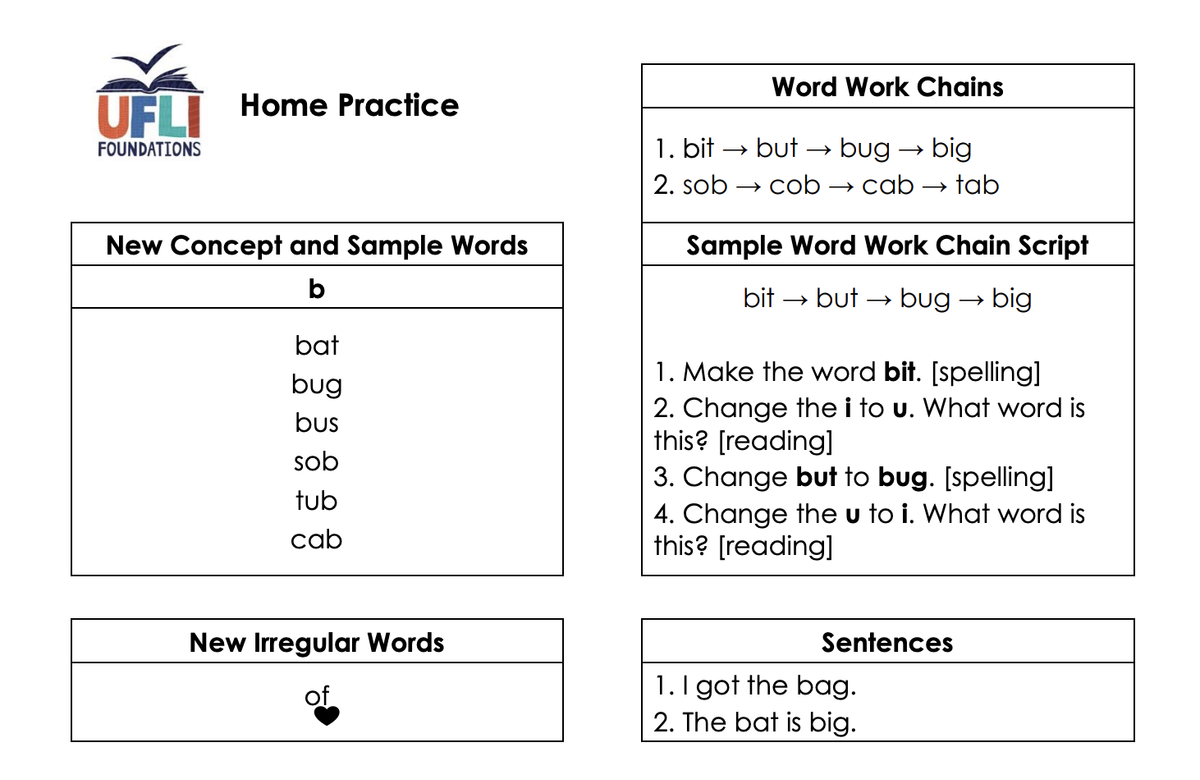Prep Wonga Weekly
Week 3, Term 2

Prep Wonga Weekly
Week 3, Term 2
INFORMATION
🗓️ Upcoming Dates:
Wednesday 7th May: Mother's Day Morning, 8.30 - 10am
Wednesday 7th May: All students to bring iPads to school - remaining iPads to be connected today
Friday 9th May: Pop Up Canteen
Thursday 15th May: Volunteer Childsafe Session (online) 5-5.30pm
May 19th May: Curriculum Day
IMPORTANT: iPads
The remaining iPads will be connected to our server this Wednesday. If your child's iPad needs to be connected, please ensure that you have:
- Given permission via Sentral
-Wiped your child's device
-Provided the lock screen, screen time (if applicable) and iCloud passwords with your child's iPad (either tucked into the screen cover or stuck to the iPad)
🗣️ NEW! Show and Share
Topic: A photo with my mum
This week we are excited to begin Show and Share, which supports our learning in Speaking and Listening as well as our CBL program.
Each week, students will have the opportunity to share with the class based on a set topic. Some students will share on Wednesdays, while others will share on Fridays.
The topics for this term are listed below. This has also come home with your child in the book pocket.


📚 Book Pocket Reminders and tips
-Please remind your child to bring their book pocket to school on Monday, Wednesday and Friday.
Heart words: In your child's reading log, you will find a page of 'heart words' that we have learned in class. A blue square indicates that the letter or letters make their conventional sound, while a red heart shows the part of the word where the letters make an unusual sound — and that's the part that needs to be learned by heart. Please focus on these parts of the words as you review them together.
🎨 Specialist timetable






CURRICULUM
📚 Phonemic awareness: reading and phonics
This week, we are focusing on the letter G (as in gap) and B (as in bag). Students will explore the phonemes (the sounds they make), the graphemes (how they are written with correct letter formation) and the corresponding cued articulation.
Additionally, students will practice reading and writing CVC words with the medial vowels A, I, O and U (where the vowel appears in the middle of the word).
For sight word practice, students will review the Heart Words: the, and, I, a, is, as, to and do, while also learning the new word of.
What can you do at home?
-Assist your child to read their take home book / decodable passages / CVC words in their book pocket
-Read bedtime stories to your child
-If you're interested in Cued Articulation, you can watch Jane Passey (the founder) explain what it is. She also demonstrates the cued articulation for each phoneme.
https://www.youtube.com/watch?v=gyGX3RcLG74&ab_channel=cuedart48
-Work through the optional UFLI home practice pages




📝 Literature: reading responses and writing
This week, students will explore the engaging and inclusive book Who’s In My Family – All About Our Families by Robie H. Harris. This thoughtful mentor text supports our CBL Guiding Questions and invites children to celebrate the many ways families can look, live, and love. Through its playful tone and vibrant illustrations, the story affirms that every family is unique and important.
As we read, students will reflect on their own families, sharing facts about their families, including fun activities they enjoy, favourite foods, special places they visit, and something they truly love about their family. These reflections support personal connection and respectful comparison.
We’ll also enjoy The Family Hour in Australia by Tai Snaith as a complementary read-aloud. From this book, students will learn about various animal families and record one picture fact about each, linking our understanding of family structures to the wider natural world.
In writing we will be using the letters that we have learnt to write simple sentences inspired by picture prompts and our imaginations! It is exciting to see how far they have come in their writing already.
Students will also practice handwriting with a focus on the letters G and B, while reviewing the formation of previously learned letters.
What can you do at home?
-Play with things that develop fine motor skills like lego, playdough, drawing and building blocks
-Help your child develop their pencil grip
-Write the letters A, M, S, T , P, F, I, N, O, D, C, U, G and B using taught lower case formations. Use these letters to write some words, using short A, I, O and U as the middle vowels.
🔢 Maths
This week, students are continuing to develop their number sense through subitising—the ability to instantly recognise how many items are in a small group without counting. They’ll be working on subitising numbers up to 10 and then extending this skill to 20. Students will learn to subitise more efficiently by recognising parts of a group without needing to count every item. They’ll also compare quantities and practise estimating collections of up to 20 using their subitising skills.
One of the reasons we spend a large amount of time on this skill is due to it being a foundational skill for further mathematical thinking. Di Siemon (2019) refers to it as the Big Idea of mental computation that needs to be established in Prep, to allow for further addition and subtraction skills to develop.
What can you do at home?
-Play board games that use dice to help your child quickly recognise dot patterns without counting.
- Play with dot cards or flashcards. For example, show cards with different dot patterns briefly and ask, “How many?” without giving time to count.
- Build with blocks or LEGO – Make small groups and ask your child to guess or compare quantities quickly. Talk about how they see numbers. Ask, “Did you see two groups of 3?” to help them visualise numbers in chunks.
🌏 CBL - Diversity
This term, our Prep students will be exploring the Big Idea of Diversity. Through guided inquiry and thoughtful discussions, they’ll begin to understand what it means to be respectful and inclusive in a diverse community.
Students will identify and describe different ways to show respect in intercultural settings and explore the cultural diversity that exists in the familiar places around them—such as school, family, and the local community.
To support their learning, students will be guided by the following questions:
Guiding Questions:
-Who are the people and groups that make up our local community?
-What kinds of diversity exist within our local community?
-Why is it important to recognise and value diversity?
Essential Question:
-How can we show respect and understanding while embracing diversity?
Challenge:
-Find a meaningful way to show appreciation for the diversity in our community.
We’re excited to see the thoughtful and creative ways our students engage with these ideas as they continue to build empathy, respect, and understanding.
💛 Wellbeing & School Wide Positive Behaviour (SWPBS)
During our Wellbeing time this week, we will explore the idea that anyone can choose what they enjoy doing, regardless of their gender. Through rich discussion and role play, students will reflect on how to respond if someone suggests they can or can’t do something based on gender.
We’ll also talk about how everyone—no matter their gender—can be both strong and gentle. These conversations build beautifully on our recent discussions about families, where we’ve been learning that every family looks different, and people take on a variety of roles. For example, mums might cook on the barbecue or mow the lawn and dads might pack lunches or fold the washing. These tasks are not defined by gender, and anyone can do any job.
What can you do at home?
Have a discussion with your child and consider asking:
-What are some things each person in our family enjoys doing, and how do we all help out—no matter our gender?
-What does being strong mean to you? What about being gentle? Can someone be both?
-How do we show respect in our family for what each person chooses to do?
Our SWPBS focus remains on the expectations of 'Be Kind', 'Be Safe' and ‘Be a Learner’. We have introduced a new whole school initiative that encourages positive behaviour all around the school, in and out of classrooms. Students will be given a token labelled with 'Be Kind', 'Be Safe' or ‘Be a Learner’ and they will place them in the class jar. When the jar is full, a whole class celebration will be had (during school hours). The students have already enjoyed the encouragement received when they have made safe, kind and good learning choices.